When towing a dump trailer with a Ford truck, proper use of the trailer brake controller is essential for safety and efficiency. This comprehensive guide details step-by-step instructions on using the Ford trailer brake controller to enhance your towing experience.
Understanding the Ford Trailer Brake Controller
The Ford trailer brake controller is a pivotal component for effective towing. It connects the vehicle’s braking system with the trailer’s electric brakes, allowing for synchronized braking. This harmony ensures that the truck and the dump trailer respond predictably to driver’s braking actions, enhancing safety on the road.
Key Features of the Ford Trailer Brake Controller
| Feature | Description |
|---|---|
| Integrated Design | Built into Ford trucks, providing a streamlined look and functionality. |
| Adjustable Sensitivity | Customizable braking force to suit various trailer weights and payloads. |
| Digital Display | Clear indicators for easy monitoring of brake pressure and adjustments. |
| Manual Override | Allows for manual control over trailer brakes in varying conditions. |
| Diagnostic Tool | Identifies trailer brake issues, enhancing user safety and trailer health. |
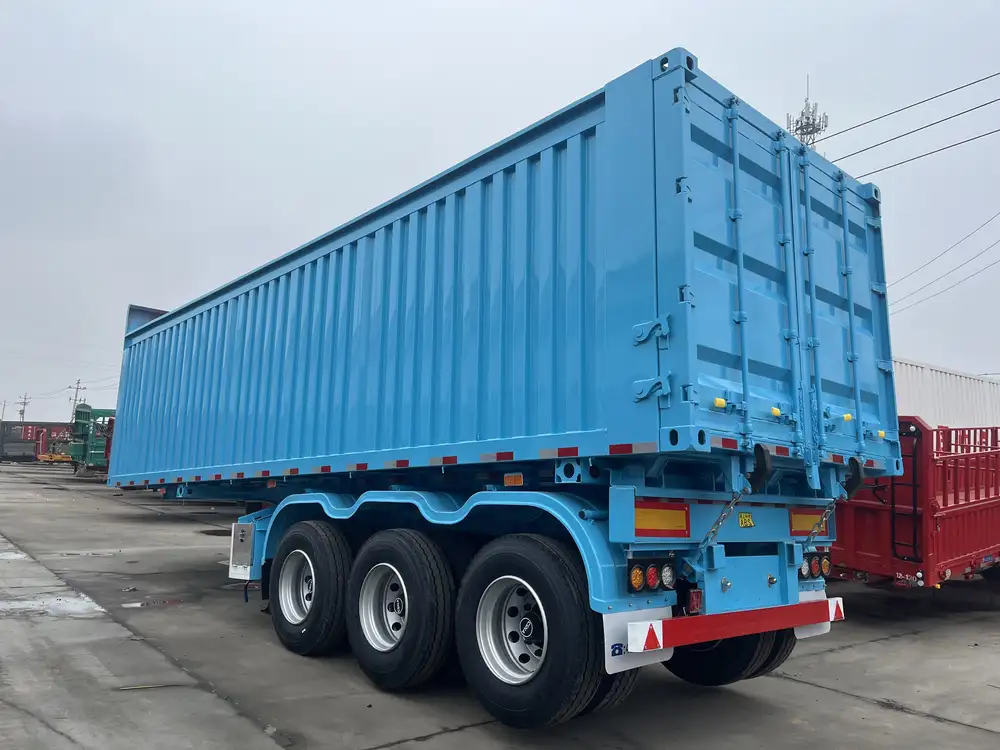
Setting Up the Brake Controller
Before towing, ensure the brake controller is correctly installed and configured.
1. Installation Procedures
Confirm that the brake controller is installed as per the vehicle’s manual. Common steps include:
- Connecting to the vehicle’s wiring harness.
- Securing the controller in an accessible area within the cab.
2. Adjustment Settings
Once installed, adjust the sensitivity settings based on the type of load being towed. This can usually be done through the digital interface on the controller.
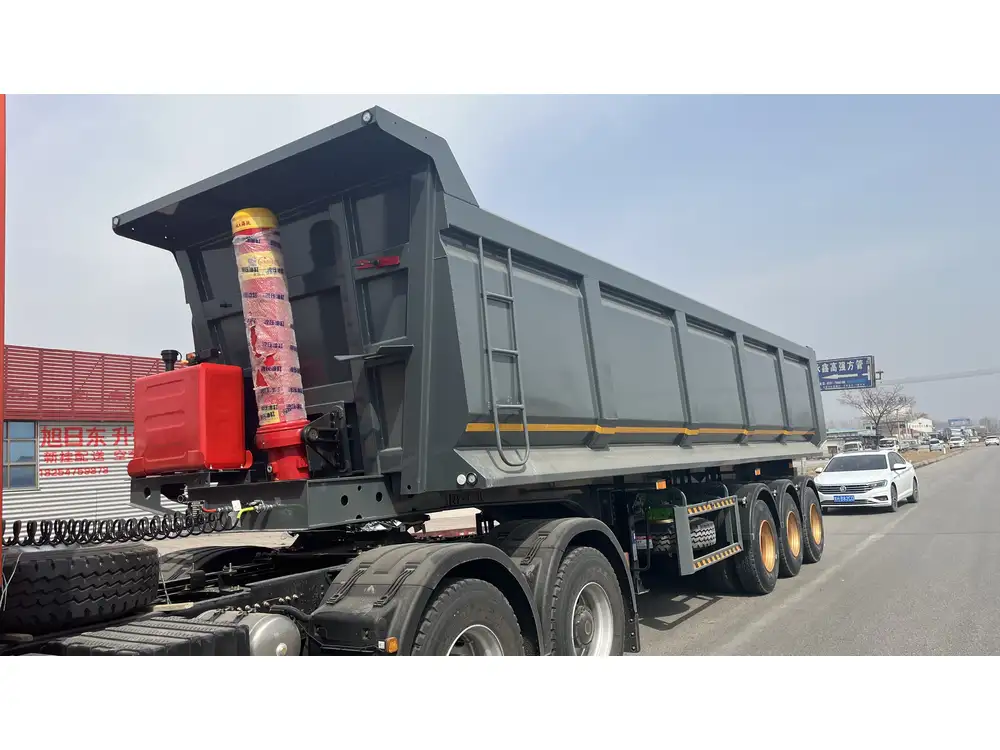
Recommended Adjustments:
- Light Load (up to 2,000 lbs): Set sensitivity to low.
- Medium Load (2,000 – 5,000 lbs): Set sensitivity to medium.
- Heavy Load (over 5,000 lbs): Set sensitivity to high.
3. Testing the System
Always perform a test run after installation. Ensure you can engage the trailer brakes independently while the truck is stationary.
How to Use the Controller While Towing
Using the Ford trailer brake controller effectively requires understanding its functionality while on the road:
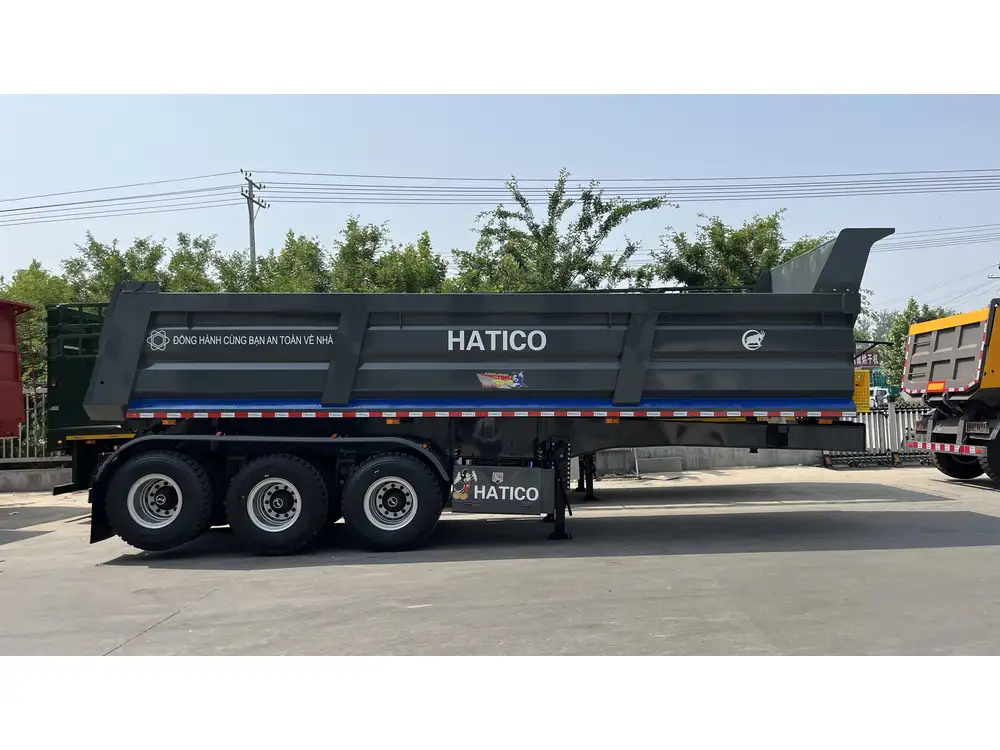
1. Connecting the Dump Trailer
Before traveling, connect the dump trailer using the appropriate hitch and ensure all lights function correctly.
2. Engaging the Trailer Brakes
Utilize the following steps when engaging the brakes:
- Gradually apply the truck brakes.
- Observe how the trailer reacts. If the trailer brakes activate too late, adjust the sensitivity to a higher setting.
Troubleshooting Brake Issues
If there are concerns about the braking system, consider the following checks:
- Connection Inspection: Ensure the trailer is firmly connected to the vehicle.
- Brake Smoothness: The trailer should stop smoothly alongside the truck, without jerking.
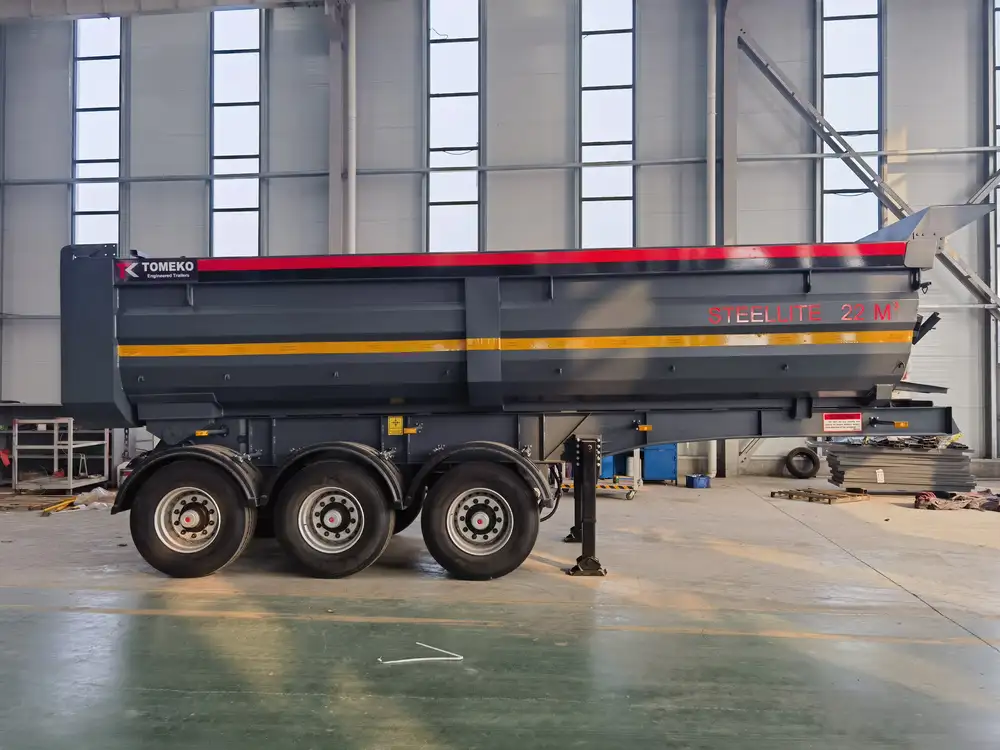
Fine-Tuning the Controller During Travel
1. Adapting to Road Conditions
Changing road conditions may require adjustments to the brake controller settings:
- Wet Roads: Increase brake sensitivity to ensure effective stopping power.
- Steep Inclines: Maintaining control may necessitate reducing sensitivity to prevent the trailer from pushing the truck downhill.
2. Utilizing the Manual Override
In emergency situations or particularly challenging conditions, use the manual override feature. This allows immediate control over the trailer brakes without affecting the truck’s brakes, providing added safety.

3. Continuous Monitoring
Keep an eye on the digital display while towing to monitor brake performance. If warning lights or indicators illuminate, stop to diagnose possible issues.
Best Practices for Safe Dump Trailer Towing
Pre-Towing Checklist
- Brake Controller Settings: Always check the settings before hitting the road.
- Check Load Distribution: Ensure that the load in the dump trailer is evenly distributed to prevent sway.
- Tires and Lights: Ensure all tires are properly inflated and lights are operational.
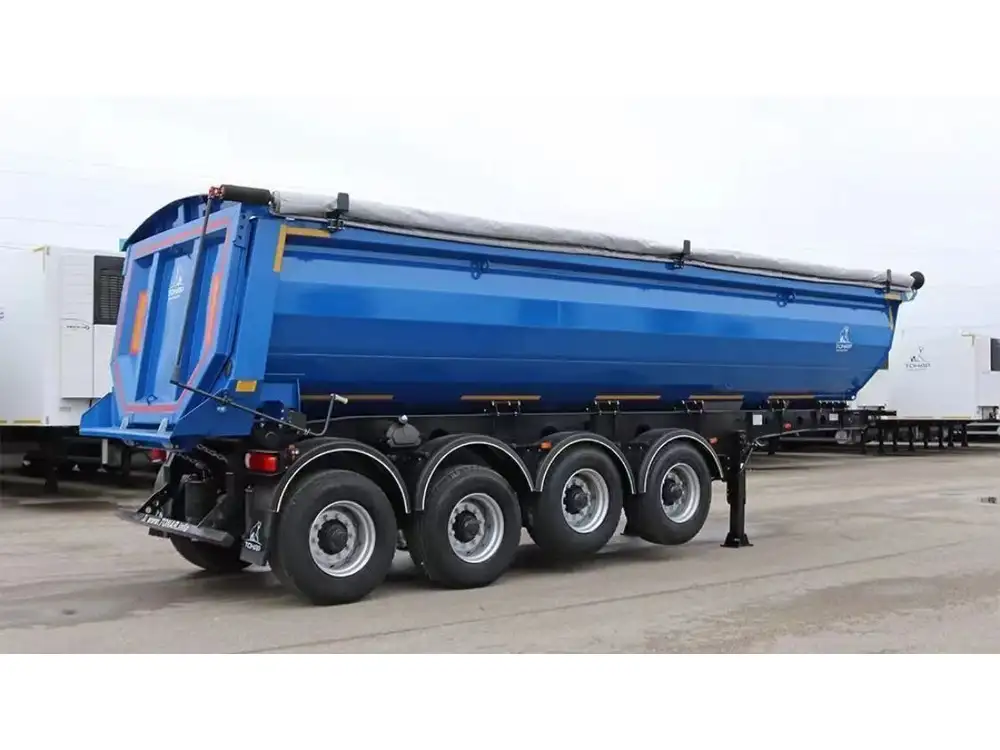
Safe Driving Tips
- Maintain Distance: Increase your following distance to allow adequate stopping space when hauling a trailer.
- Smooth Driving: Avoid sudden movements; accelerate and decelerate gently to maintain stability.
- Adapt to Load Weight: Recognize that heavier loads will require longer stopping distances.
Regular Maintenance Tips
Conduct routine checks on the brake system for both the truck and trailer:
- Inspect brake pads and wiring for wear and tear.
- Ensure the controller is functioning correctly.
Conclusion
Understanding how to utilize the Ford trailer brake controller when towing a dump trailer not only enhances safety but also improves the overall towing experience. By regularly adjusting the brake settings, conducting thorough checks before travel, and monitoring conditions while on the road, we can ensure effective performance throughout every journey.
By adhering to these guidelines, users will maximize both safety and efficiency when navigating various terrains and loads. Proper management of the trailer brake system is not merely a matter of convenience; it’s a critical aspect of responsible towing that can make all the difference. Whether embarking on a short haul of materials or taking long trips with bulk loads, being well-versed in your Ford brake controller will serve you well in any towing scenario.



